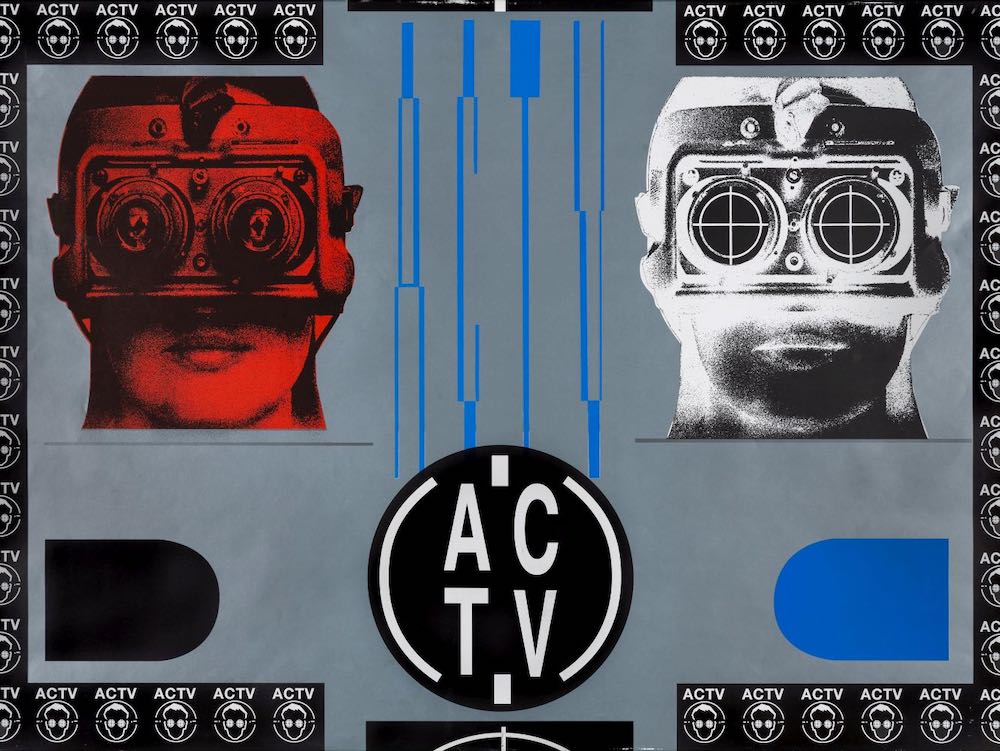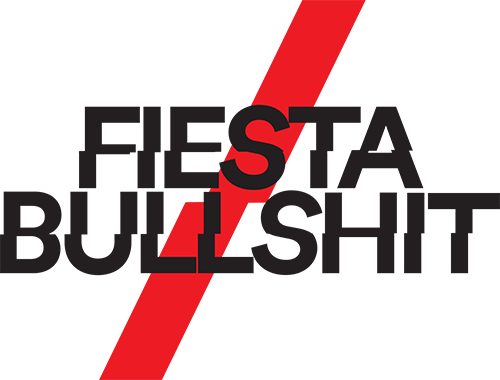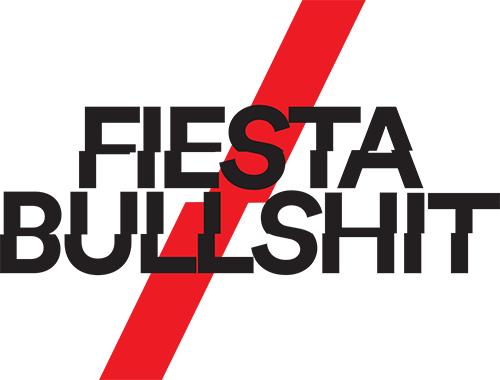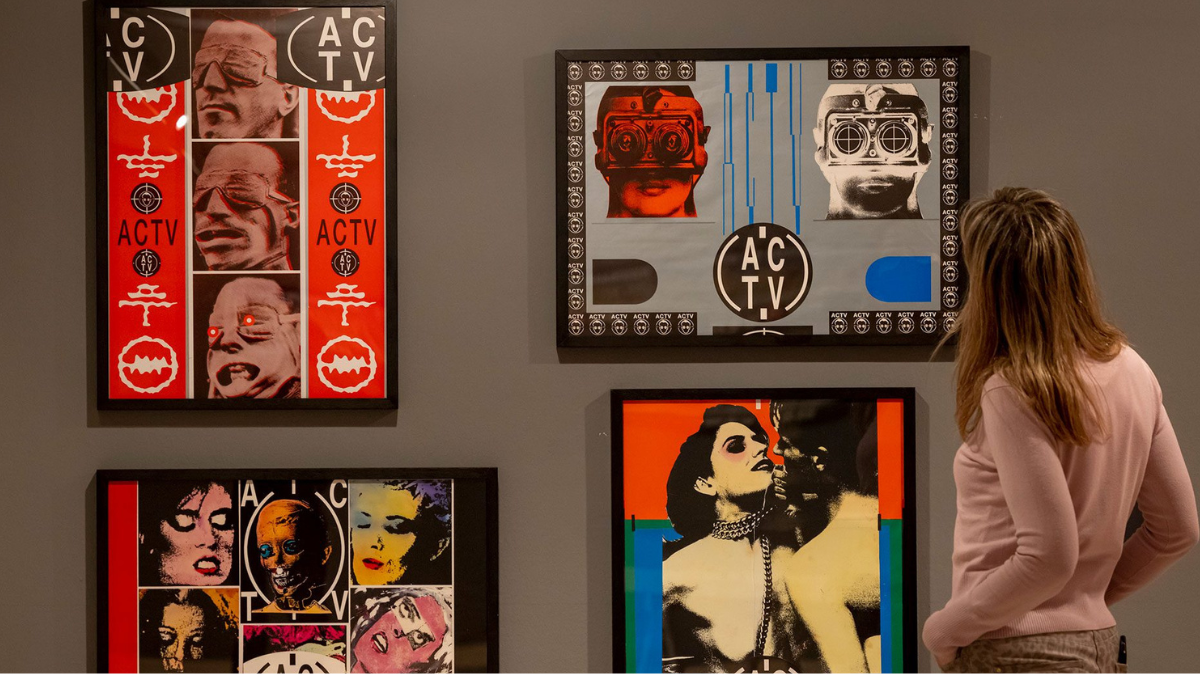A GRAPHIC ROUTE ‘THE SOUND DESIGN OF VALENCIA’.
The sound design of Valencia is the first study to delve into all the imagery that developed around the club scene that was born in the 80s in the city of Valencia, which by the 90s would end up becoming popularly known as ‘Ruta del Bakalao’. Despite the fact that when this entire history is mentioned, the first thing one tends to think about are those aspects related to music, the truth is that the graphic and design parts, which have been largely forgotten, were hugely important.
Paco Roca, Mariscal, Francis Montesinos, El Hortelano, Sento Llobell, Ramón Marcos, Edu Marín, Paco Salabert, Daniel Torres, Mique Beltrán, Micharmut, Gonzalo Mora… Are just some of the highly relevant artists to this day who made posters for the Valencian venues throughout those years, during which the creative effervescence of the city on the Turia River was a hallmark of identity in the very midst of a hangover from a Francoism that was still very present.
That is why this is a pioneering work in rescuing all this unprecedented artistic development from the stigma that—in its later stages— ended up affecting the social phenomenon of la Ruta. Over the course of the 1980s and part of the 1990s, a local youth subculture flourished in Valencia that would follow a gradual path from something of minority interest to the point that it turned into a mass social phenomenon.
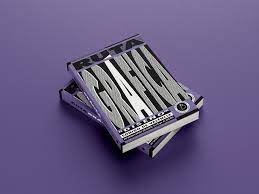
Under the diffuse umbrella of the accidental term Ruta del Bakalao, which was to end up defining it, several artistic disciplines were developed in a particular, creative and innovative sense. Even though it is likely that those aspects related to music are the first thing that comes to our mind in this story, what this work tries to unravel is a vaguely explored meaning that fully deserves to be given its place.
“Franco’s death and the subsequent process of transition breathed airs of political and social renewal into a country that had been isolated for decades from its context”.
After the restlessness that was typical of the uncertainty of change, and a final blow in the form of an attempted coup d’état, the 1980s presented themselves as ideal for a gradual relaxation. It was the moment when numerous youth movements emerged in parallel at the state level demanding.
Although it may be surprising, it was these artists who came to make up a large part of the members of the so-called New Valencian School of cartoonists who would begin to provide this nascent circuit—still very much a minority—with images and a visual identity.
In its physical manifestation, a large part of the artwork developed over the course of that first decade would seek innovation not only in aesthetic or conceptual, but also formal terms. The working methods—that were on occasion close to pure craftsmanship—would illuminate pieces of immeasurable artistic value.
